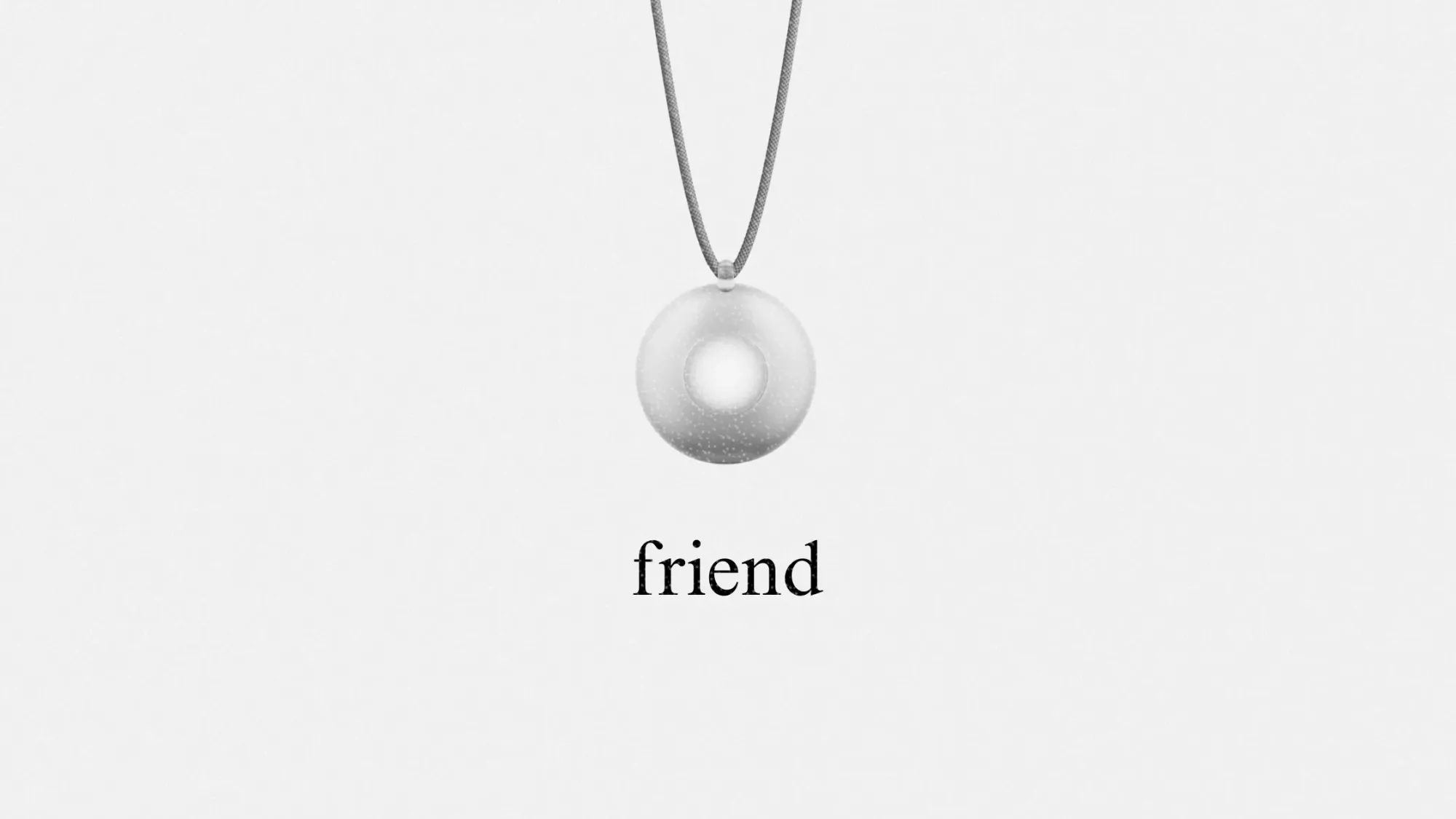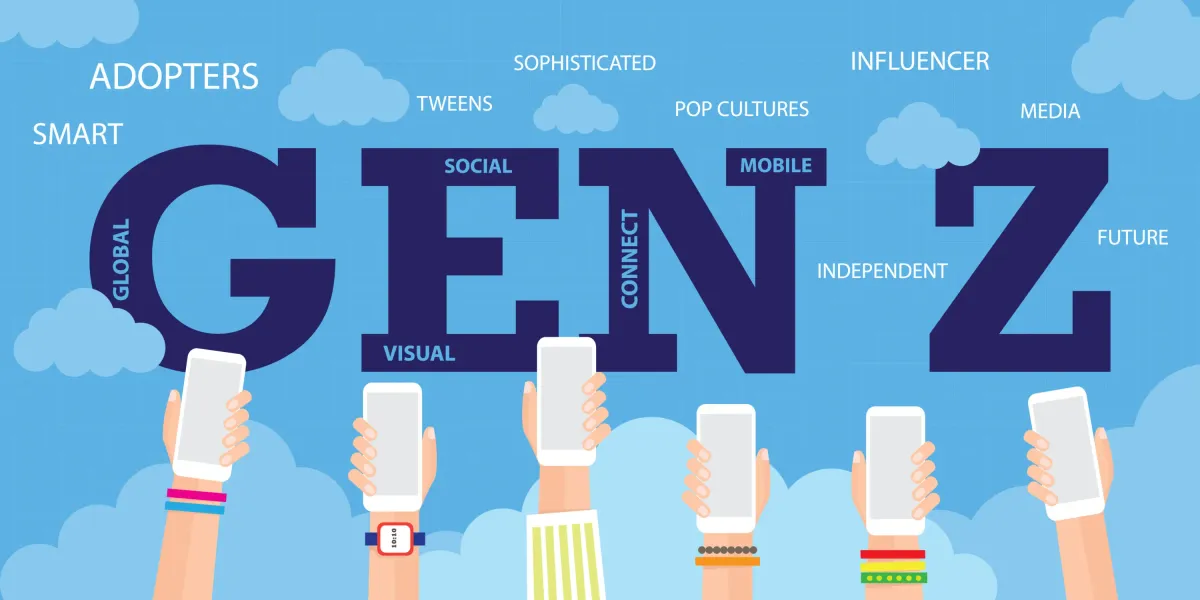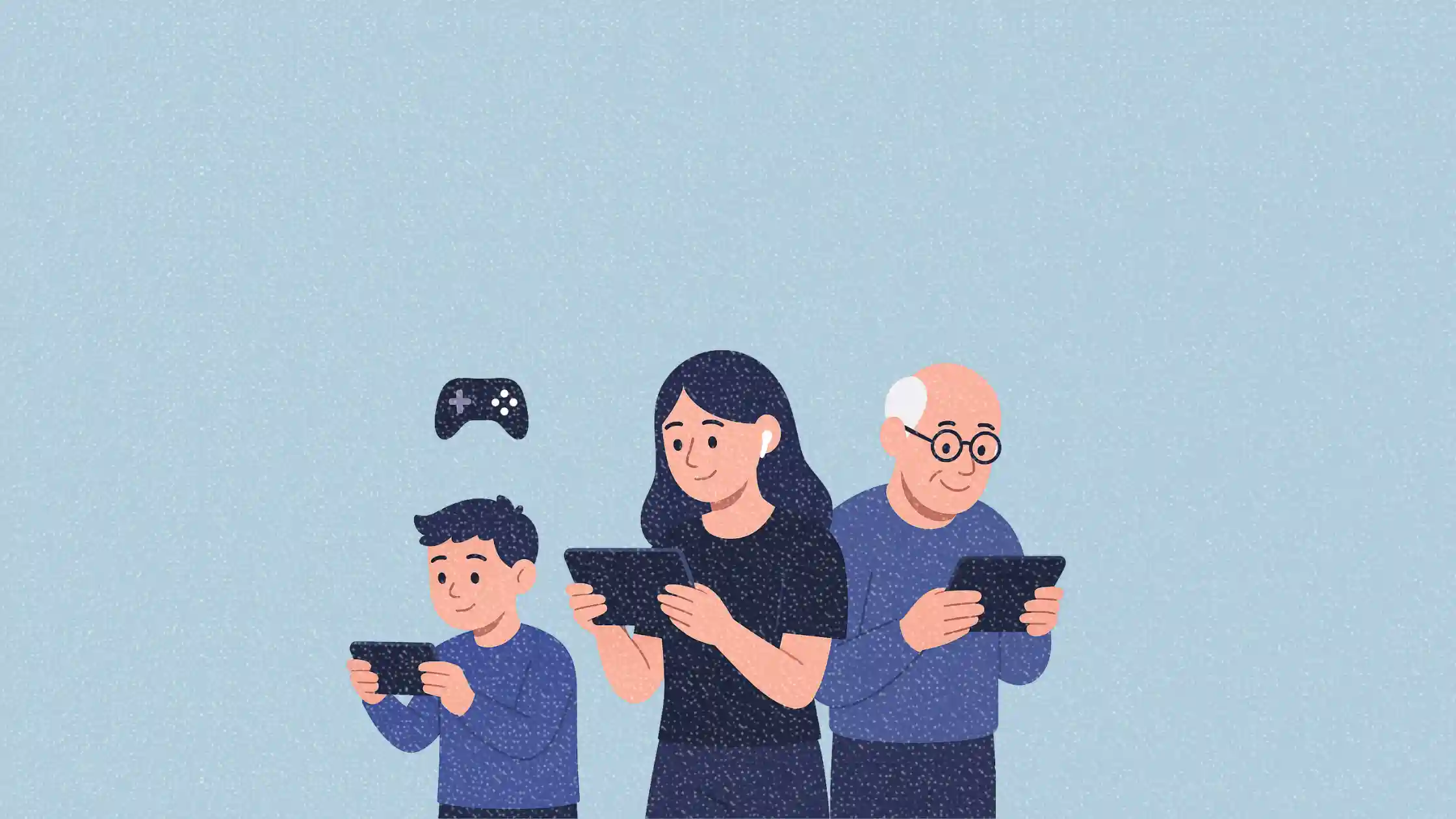
Avi Schiffmann wants you to hate his startup’s ads, and maybe that’s the point.
The 22-year-old founder of AI companion company Friend has launched what he claims is the first major AI-focused out-of-home campaign, dropping over US$1 million to blanket New York City’s subway system with provocative posters. But rather than sell the idea of AI as friendly or futuristic, the ads are stark, confrontational, and seemingly designed to be defaced.
This article explores how Friend is weaponizing public backlash as part of its brand strategy, what this means for AI marketing at large, and why marketers need to pay attention to the shift from polished tech launches to messy cultural conversations.
Short on time?
Here is a table of content for quick access:
- What happened: a bold print-first launch across NYC
- The provocation is the point
- What marketers should know

What happened: a bold print-first launch across NYC
Friend’s campaign features over 11,000 car cards, 1,000 platform posters, and 130 urban panels in key subway spots including the heavily trafficked West Fourth Street corridor.
The creative is minimalist: white posters with sparse copy, lots of negative space, and just enough information to stir curiosity or irritation. One reads:
“[frend] noun. Someone who listens, responds, and supports you.”
Largest NYC subway campaign ever
Happening now pic.twitter.com/xOtxMsh4pj
— Avi (@AviSchiffmann) September 26, 2025
The wearable itself is a sleek disc that hangs around the neck. It functions as a passive listener and conversational assistant. Unlike typical AI gadgets, it doesn’t wait for prompts. It listens to conversations, tracks social context, and can respond via a companion app with text or voice.
Since launching in July at US$129, Friend has reportedly been selling around 400 units per week. But product adoption isn’t the only goal here. This campaign is staking its bet on culture-level visibility.
The provocation is the point
Friend’s subway ads have already been defaced by angry commuters, with scrawls like “surveillance capitalism” and “AI trash” appearing within days. Schiffmann isn’t bothered. In fact, this response was designed into the creative.
He designed the campaign himself in Figma, intentionally choosing placements where strong reactions were likely. “I know people in New York hate AI… probably more than anywhere else,” Schiffmann told ADWEEK. “So I bought more ads than anyone has ever done with a lot of white space so that they would socially comment on the topic.”
This is more than guerrilla marketing. It is a high-stakes bet on virality through friction, using real-world dissent to fuel online buzz. Schiffmann even admitted he “spent it all” on this campaign, calling it a “huge gamble” for the startup, which raised over US$5 million at a US$30 million valuation in 2023.
What marketers should know
Friend’s campaign is not a blueprint every brand should follow, but it’s a sharp signal of where AI marketing and broader brand strategy could be heading. Here’s what to take away:
1. Disruption beats polish, if your product can handle it
This campaign doesn’t just tolerate backlash, it invites it. That only works if your product can survive scrutiny. Friend’s AI wearable is weird, provocative, and intentionally unsettling. For B2B marketers, the lesson isn’t to court controversy, but to match your brand voice to your product truth.
2. OOH isn’t dead. It’s evolving into a cultural canvas
While most tech startups go digital-first, Friend is proving that print can create real-world stakes. By choosing analog media in a dense, reactive city, they turned a campaign into a conversation. If your audience lives offline as much as online, consider high-impact OOH to spark awareness in unexpected ways.
3. Gen Alpha isn’t just digital. They’re contextual
Friend’s wearable targets Gen Alpha, a group still forming their relationships with technology. This generation responds to context, ethics, and cultural cues more than traditional branding. The backlash from older audiences may even strengthen Friend’s positioning with younger users who see rebellion as relevance.

4. Product design is part of the campaign
Friend’s wearable looks like an Apple accessory but functions like a sci-fi confidant. The fact that it listens unprompted raises serious privacy questions, and that’s part of the appeal. For product marketers, the line between utility and controversy is getting thinner. Every product feature is now a messaging opportunity or liability.
Friend’s NYC subway blitz isn’t just marketing. It is a psychological experiment disguised as an ad campaign. By inviting criticism and embracing defacement, the startup is trying to spark dialogue around loneliness, AI companionship, and what it means to build tech for emotional needs.
For marketers watching this unfold, the real takeaway isn’t to provoke for provocation’s sake. It is to understand that relevance now lives at the edge of discomfort. The brands that win will be those bold enough to show up in the mess and smart enough to control the narrative once they do.




Leave a Reply